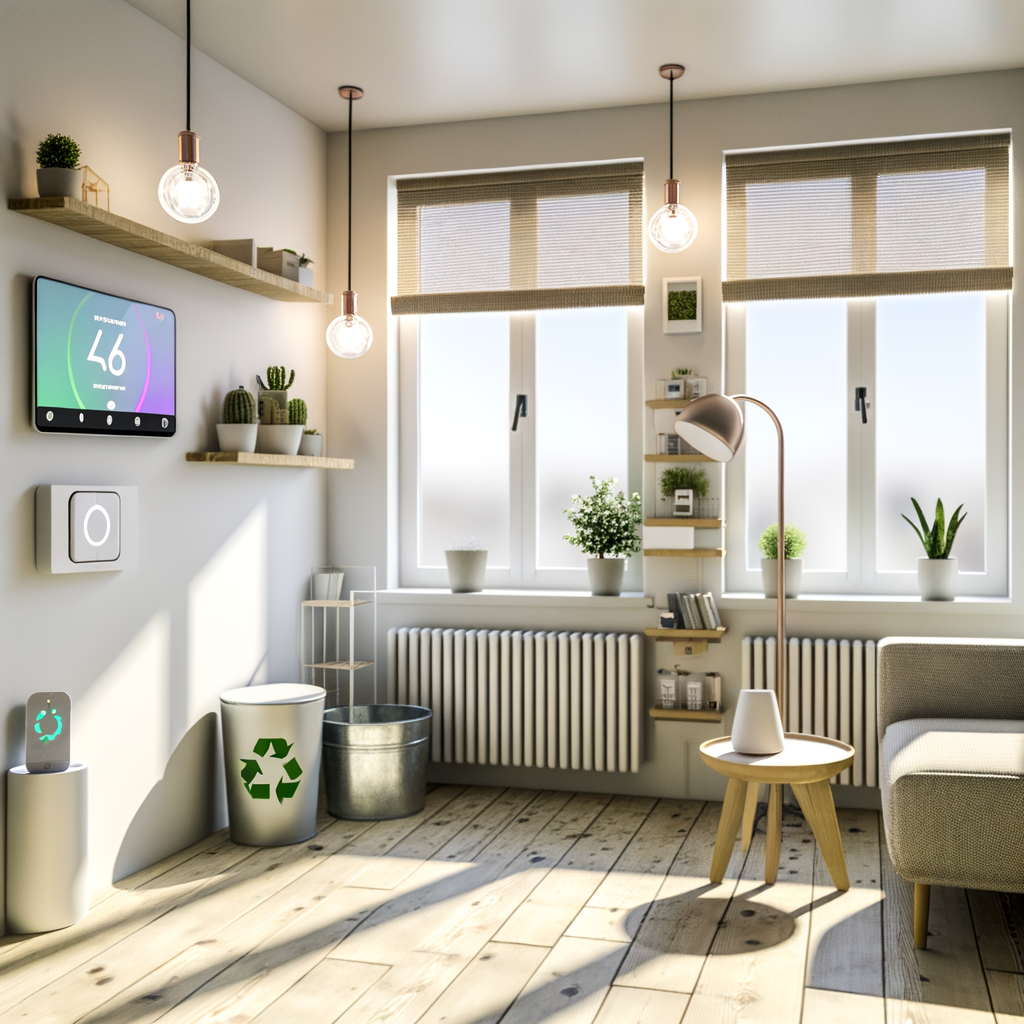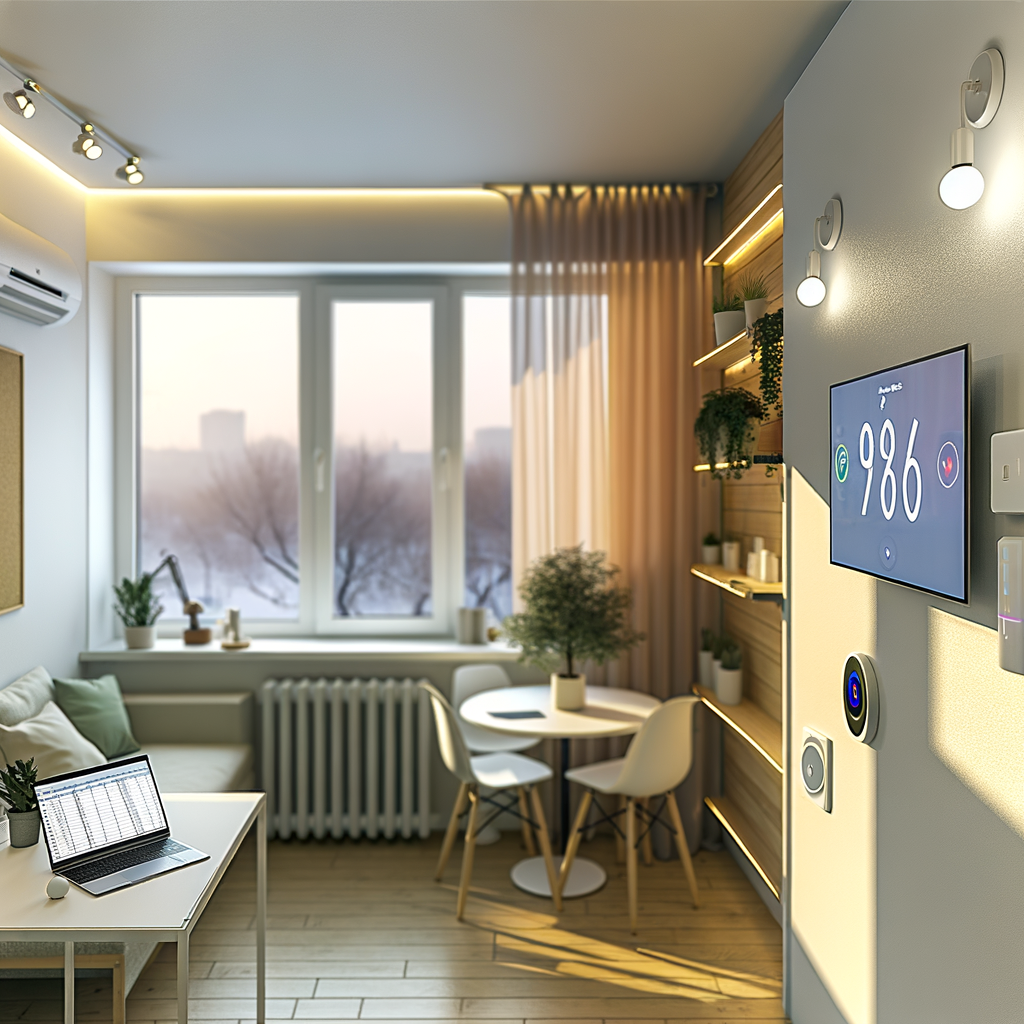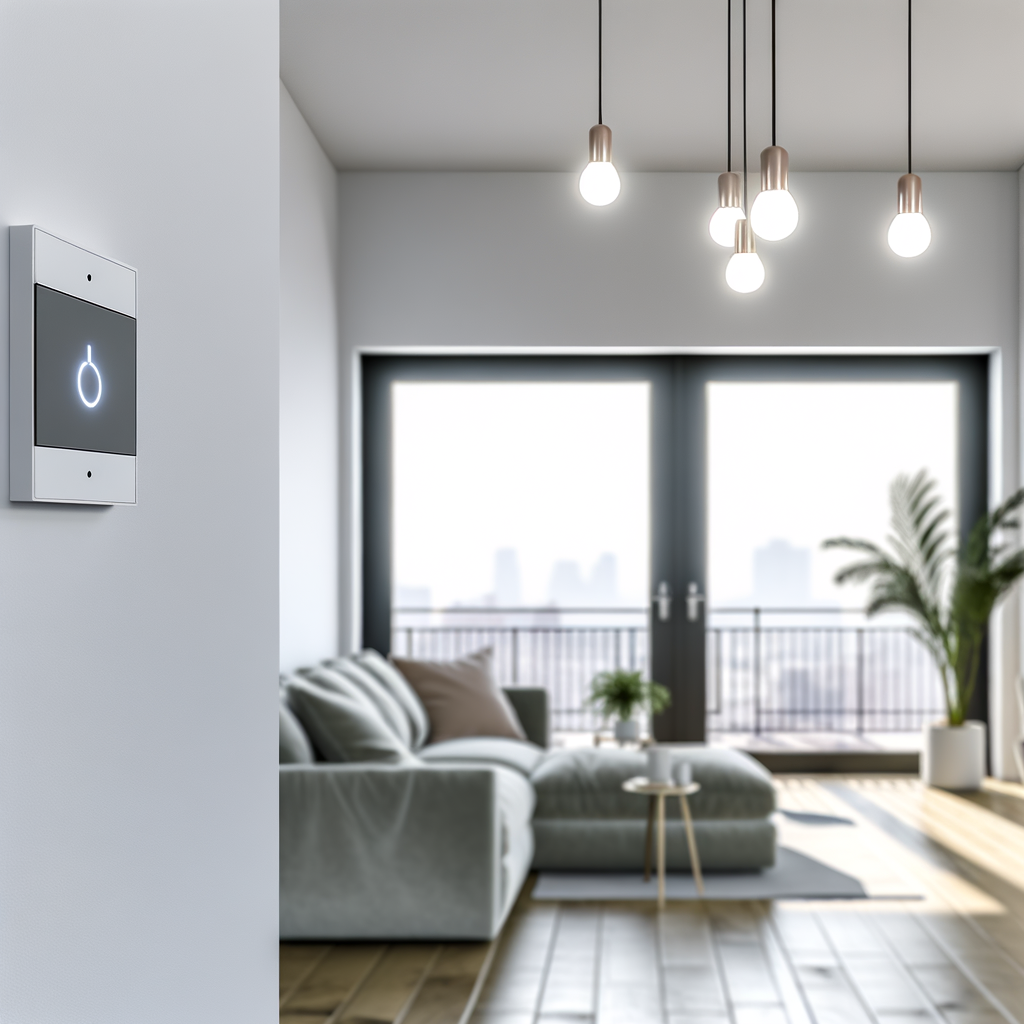How to Make Your Rental Smarter and Greener: 7 Renter-Friendly Smart Home Upgrades for Sustainable Living
Living sustainably isn’t just for homeowners. Renters can embrace eco-friendly and smart home improvements too—without sacrificing their security deposit or making permanent changes. In fact, the combination of smart technology and sustainable living can lower your energy bills, reduce your carbon footprint, and make life more convenient. Ready to upgrade your space? Discover seven renter-friendly smart home upgrades for a greener lifestyle.
Why Smart Home Upgrades Are Perfect for Renters
Advancements in smart home technology have made it easier than ever to retrofit your rental with powerful, energy-saving features. These upgrades typically require minimal installation, are easy to uninstall when you move, and can help you live more sustainably from day one.
- No hardwiring: Most smart devices today are wireless, battery-powered, or plug-and-play.
- Move-in ready: Take your gadgets with you to your next home.
- Instant feedback: Many smart devices provide real-time data to help drive greener habits.
7 Renter-Friendly Smart Home Upgrades for Sustainable Living
These upgrades save energy, boost comfort, and require minimal changes to your rental unit.
1. Smart Thermostats—Plug-and-Play Energy Savings
Traditional thermostats can waste energy, especially if you’re not home to adjust them. A smart thermostat can help you save on heating and cooling by learning your schedule and adapting to your preferences.
- Installation: Many models, like the Google Nest Thermostat E, offer simple DIY installation and don’t require altering complex wiring. For apartments with baseboard heaters, look for plug-in or wireless options.
- Savings: Reduce your HVAC energy use by up to 10-15% annually with intelligent scheduling and remote control from your phone.
- Renter tip: If hardwired devices aren’t allowed, try a smart radiator valve or a portable smart AC controller.
2. Smart Plugs — Control Vampire Power
Many appliances and chargers consume energy even when not in use—a phenomenon known as “vampire” or “phantom” power. Smart plugs let you cut off power to these devices remotely or on a schedule.
- How they help: Set up schedules or turn off power via your phone to reduce wasted electricity from TVs, coffee makers, or lamps.
- Effortless install: Plug them into existing outlets without tools or rewiring. Also perfect for renters unable to modify electrical infrastructure.
- Upgrade bonus: Some models monitor energy usage, providing insight into where you can save more.
3. LED Smart Bulbs — Easy, Efficient Lighting Control
Lighting accounts for a significant chunk of your electricity use. Replacing standard bulbs with smart LED bulbs can cut costs and emissions, while enabling smart control.
- Super simple swap: Just screw in smart LED bulbs and set them up via Wi-Fi or Bluetooth.
- Energy-efficient: LEDs use 75% less energy than incandescent bulbs and last up to 25 times longer.
- Extra features: Create schedules, dim or change colors, or control with voice assistants (Amazon Alexa, Google Assistant, etc.).
4. Smart Window Coverings — Optimize Light and Insulation
Windows are a major source of heat gain and loss. Automated smart shades or blinds help regulate indoor temperature, saving both cool air and heat.
- Easy-fit upgrades: Many smart blinds are battery-powered and attach with brackets or adhesive strips—no drilling required.
- Energy savings: Program them to open and close at set times or in response to sunlight, reducing the need for AC and heating.
- Renter-friendly find: Look for models designed for temporary, non-destructive installation or even retrofit kits that motorize your existing blinds.
5. Smart Water Leak Sensors — Prevent Waste and Damage
Undetected leaks waste water and can cause expensive damage. Smart leak sensors placed under sinks, near appliances, or in bathrooms can instantly alert you to trouble before it escalates.
- Protect your deposit: The sooner you alert your landlord to a leak, the less damage occurs.
- Simple setup: Most sensors are compact, battery-powered, and moveable. No need for plumbing changes.
- Sustainability impact: Conserves water and deters mold growth, supporting a healthier indoor environment.
6. Smart Air Quality Monitors — Breathe Cleaner, Healthier Air
Indoor air quality affects not only your health but also your energy bills. Smart air quality monitors track pollutants, humidity, and temperature, offering suggestions for greener habits (like ventilating at optimal times).
- Plug-and-play: These monitors typically require no hardwiring and sync up with your smartphone.
- Eco benefits: Get notified when to open windows versus run fans—saving energy and reducing carbon emissions.
- Bonus: Some monitors integrate with other smart devices to automate air purifiers, fans, or even smart thermostats for all-in-one healthy living.
7. Smart Power Strips — Advanced Energy Management
Take power-saving a step further with smart power strips. Unlike standard strips, smart versions let you control individual outlets, monitor energy draw, and automate shutoff for non-critical devices.
- Better than basics: Great for home offices or entertainment centers where multiple electronics are used irregularly.
- Temporary setup: Simply replace your old strip—no rewiring or holes in the wall required.
- Usage tracking: See which devices use the most power and make informed choices.
Tips for Making Smart Upgrades Renter-Friendly
- Check your lease: Always review your rental agreement and speak with your landlord if in doubt. Most plug-in or temporary solutions are allowed.
- Keep packaging: Save boxes and instructions so you can easily remove devices and put the original fixtures back before moving out.
- Pick portable solutions: Opt for battery-powered or adhesive-mounted devices, which are easy to uninstall.
- Document your setup: Take photos before and after installing anything, in case you need to restore the original condition.
- Choose “no hub required” options: Avoid complicated systems that demand a separate hub or internet bridge, unless you plan to use them for the long haul.
Maximize Your Impact: Greener Habits for Renters
Smart tech is most effective when paired with conscious habits. Consider these simple changes alongside your upgrades:
- Unplug devices when away: Even smart plugs benefit from a full power-down during long absences.
- Use schedules wisely: Program lights and appliances to match your real routines, minimizing waste.
- Embrace natural light: Smart shades can automatically open during the day to reduce lighting needs.
- Prioritize energy-efficient appliances: If you have a choice, select ENERGY STAR or similar certified products.
Benefits of a Smarter, Greener Rental
- Lower bills: Reduced electricity, water, and heating/cooling costs can make a noticeable difference each month.
- Healthier indoor spaces: Better air quality, fewer leaks, and controlled humidity protect your well-being.
- Makes moving easier: Portable smart technology transitions with you to your next rental.
- Contribution to sustainability: Collectively, small actions by renters can have a large environmental impact.
Installation and Connectivity: What to Know
Wi-Fi or Bluetooth?
Most smart devices connect via Wi-Fi, allowing for remote control from anywhere. Some, like certain smart plugs and bulbs, use Bluetooth, which can save energy but limits range. Wi-Fi is usually preferable for whole-home automation, while Bluetooth suits single-room setups.
Smart Home Platforms
Consider choosing products that work with your preferred platform




